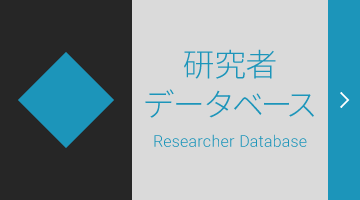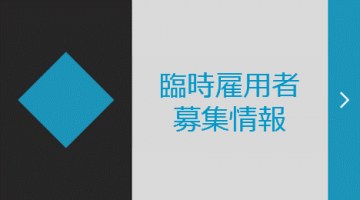| Journal Title /掲載ジャーナル名 |
International Journal of Behavioral Nutrition and Physical Activity |
| Publication Year and Month /掲載年月 |
December, 2023 |
| Paper Title /論文タイトル |
Association between doubly labelled water-calibrated energy intake and objectively measured physical activity with mortality risk in older adults |
| DOI /論文DOI |
10.1186/s12966-023-01550-x |
| Author of Waseda University /本学の著者 |
WATANABE, Daiki(Assistant Professor(without tenure), Faculty of Sport Sciences, School of Sport and Sciences):First Author, Correspoinding Author |
| Related Websites /関連Web |
– |
| Abstract /抄録 |
BackgroundPhysical activity or biomarker-calibrated energy intake (EI) alone is associated with mortality in older adults; the interaction relationship between the combined use of both factors and mortality has not been examined. We evaluated the relationship between mortality and calibrated EI and step counts in older adults. MethodsThis prospective study included 4,159 adults aged ≥65 years who participated in the Kyoto-Kameoka study in Japan and wore a triaxial accelerometer between 1 April and 15 November 2013. The calibrated EI was calculated based on a previously developed equation using EI biomarkers. The step count was obtained from the accelerometer ≥ 4 days. Participants were classified into the following four groups: low EI (LEI)/low step counts (LSC) group (EI: <2,400 kcal/day in men and <1,900 kcal/day in women; steps: <5,000 /day), n = 1,352; high EI (HEI)/LSC group (EI: ≥2,400 kcal/day in men and ≥1,900 kcal/day in women; steps: <5,000 /day), n = 1,586; LEI/high step counts (HSC) group (EI: <2,400 kcal/day in men and < 1,900 kcal/day in women; steps: ≥5,000 /day), n = 471; and HEI/HSC group (EI: ≥2,400 kcal/day in men and ≥1,900 kcal/day in women; steps: ≥5,000 /day), n = 750. Mortality-related data were collected until 30 November 2016. We performed a multivariable Cox proportional hazard analysis. ResultsThe median follow-up period was 3.38 years (14,046 person-years), and 111 mortalities were recorded. After adjusting for confounders, the HEI/HSC group had the lowest all-cause mortality rate compared to other groups (LEI/LSC: reference; HEI/LSC: hazard ratio [HR]: 0.71, 95% confidence interval [CI]: 0.41–1.23; LEI/HSC: HR: 0.59, 95% CI: 0.29–1.19; and HEI/HSC: HR: 0.10, 95% CI: 0.01–0.76). No significant interaction was observed between the calibrated EI and steps with mortality. The spline model showed that 35–42 kcal/100 steps/day of EI/100 steps was associated with the lowest mortality risk. ConclusionsHR mortality risk was lowest at 35–42 kcal/100 steps/day, suggesting that very high (≥56 kcal) or low (<28 kcal) EI/100 steps are not inversely associated with mortality. Adherence to optimal EI and adequate physical activity may provide sufficient energy balance to explain the inverse association with mortality among older Japanese adults. |






